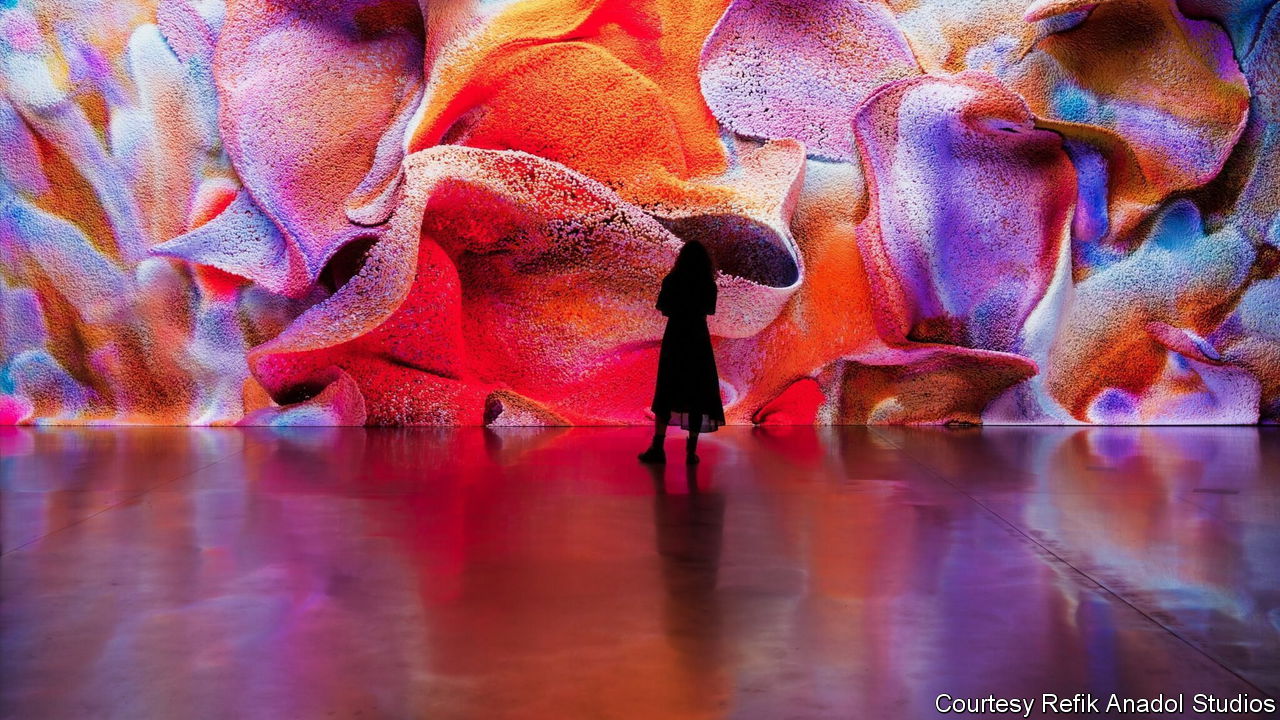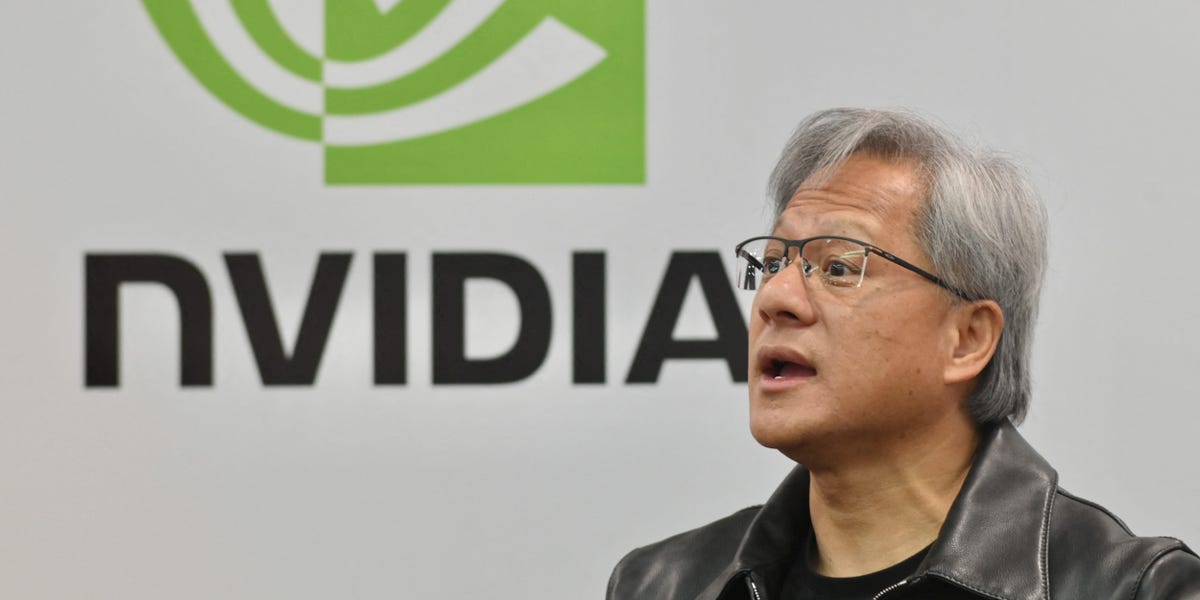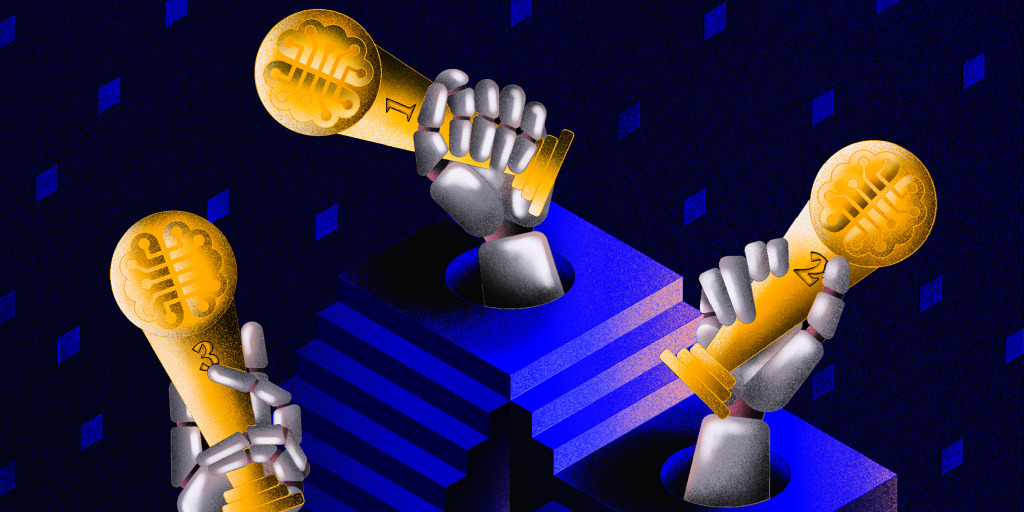REFIK ANADOL is currently experiencing a surge in demand for his artistry. In the past year, he showcased luminous coral images at the World Economic Forum in Davos and adorned the exterior screen of the Sphere, a new concert venue in Las Vegas, with dynamic blue blocks. The Museum of Modern Art (MoMA) in New York acquired his piece “Unsupervised—Machine Hallucinations,” where a machine-learning model generates artworks inspired by the museum’s collection. Moreover, on February 16th, his most extensive exhibition in Britain, “Echoes of the Earth,” commenced at the Serpentine North Gallery in London.
At 38 years old, Mr. Anadol, a Turkish artist residing in Los Angeles, has risen to prominence as a leading digital artist of his generation, leveraging the widespread public fascination with artificial intelligence. His creations reflect the spirit of innovation and contemporary anxieties. He views AI as a potent creative instrument, asserting that in a digitally dominant world, data has emerged as a new form of “pigment.”
With a background encompassing both art and science, including various arts degrees and a Google residency focused on machine learning, Mr. Anadol trains AI models on extensive datasets, often sourced from public outlets. These datasets fuel the creation of vividly colorful animations, termed “dreams” or “hallucinations,” that manifest on dazzling screens (referred to as “data paintings”) and undulate on walls (“data sculptures”). Occasionally, his works illuminate structures, as demonstrated at the Sphere.
For instance, one of his pieces exhibited at the Venice Architecture Biennale drew inspiration from 70 terabytes of brain scans, enabling AI models to envision the organ’s growth. Another artwork utilized the Los Angeles Philharmonic’s performance archive to simulate a dreamlike state. Additionally, a third creation assimilated over 138,000 images and metadata fragments from MoMA’s collection, alongside local weather data and noise levels, resulting in dynamic visualizations reminiscent of churning clouds and waves, as well as abstractions akin to the style of Mark Rothko.
To execute projects on such a grand scale, Mr. Anadol collaborates with approximately 30 individuals, including architects, designers, and engineers, with half based in his Los Angeles studio. While public collaborations with institutions and corporations have elevated his profile, private collectors have also acquired his pieces. Furthermore, Mr. Anadol engages in minting non-fungible tokens, digital artifacts sometimes accompanied by physical artworks.
His animations have garnered significant popularity, with around 2.4 million visitors attending an exhibition of his works at MoMA in 2022. Mr. Anadol’s style is inviting and captivating, accessible to a broad audience. While delving into the mechanics of machine learning can enhance one’s appreciation of the “data paintings,” it is not a prerequisite. Some installations feature a control panel that elucidates the model, offering a glimpse into the process while evoking a sense of futuristic intrigue akin to “The Matrix.” Viewers can immerse themselves in the vibrant hues and transformative imagery without feeling the need to fully grasp the technical intricacies.
Naturally, Mr. Anadol faces both critics and admirers. Some liken his animations to elaborate screensavers or decorative lava lamps, emphasizing style over substance. Concerns arise regarding the originality of AI-generated creations and whether they merely recycle existing works.
Critics also highlight a perceived glorification of AI by Mr. Anadol, potentially overlooking its associated risks, portraying a somewhat idealistic view of the technology’s capabilities. Despite some skepticism, Mr. Anadol’s work continues to push boundaries and challenge perceptions within the art world.
As technology reshapes various facets of society, Mr. Anadol acknowledges both the transformative potential and drawbacks of AI. While recognizing the evolving landscape, he remains optimistic about the possibilities that technology can unlock in skilled hands. His latest project, “Living Archive: Large Nature Model,” showcased at the Serpentine, leverages AI models trained on data from rainforests worldwide, incorporating contributions from institutions like Google, Nvidia, the Natural History Museum in London, and the Smithsonian.
Through this project, Mr. Anadol aims to blend his signature abstractions with hyper-realistic depictions, illustrating the interconnectedness of the natural world. He views AI as a novel and thoughtful tool, offering a fresh perspective on artistic creation and environmental awareness.
Looking ahead, Mr. Anadol envisions a future where his work educates and inspires viewers, allowing them to explore new realms and engage with art in innovative ways. His ultimate aspiration is to establish “Dataland,” an immersive experience complete with sensory elements like sounds and scents.
Hans Ulrich Obrist, the artistic director of the Serpentine, lauds Mr. Anadol for making the intangible tangible, transforming AI from a theoretical concept into tangible artistry. Whether viewers perceive his creations as dreamlike wonders or mundane beauty is subjective. Nevertheless, one thing remains certain—Mr. Anadol’s artistry will continue to captivate audiences and redefine the boundaries of digital expression.










